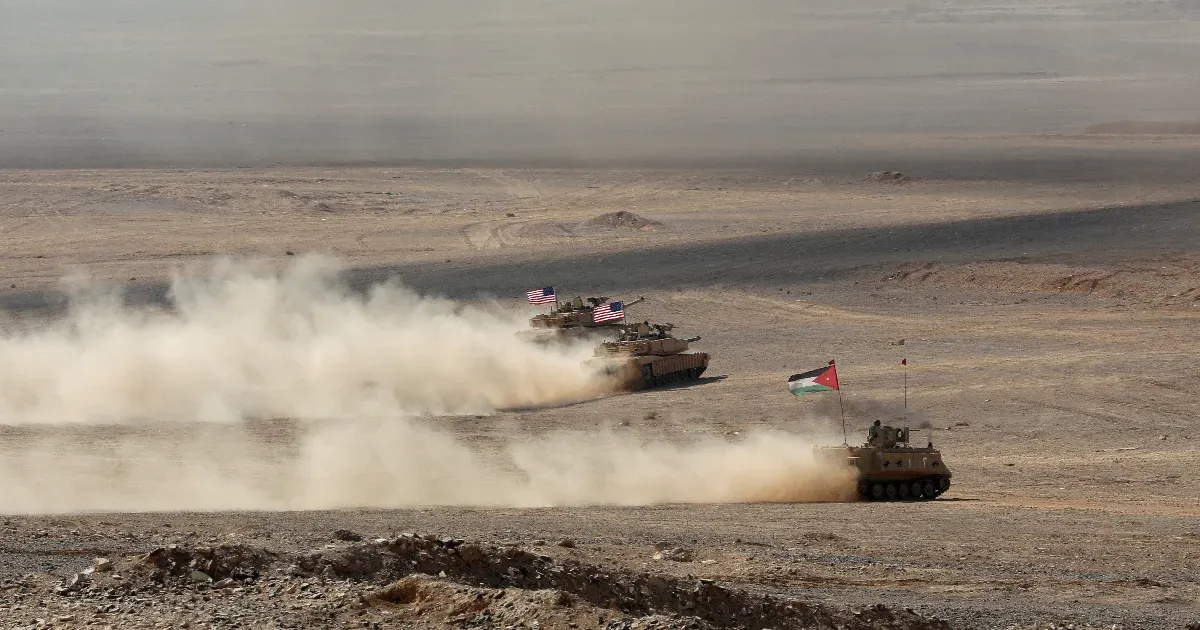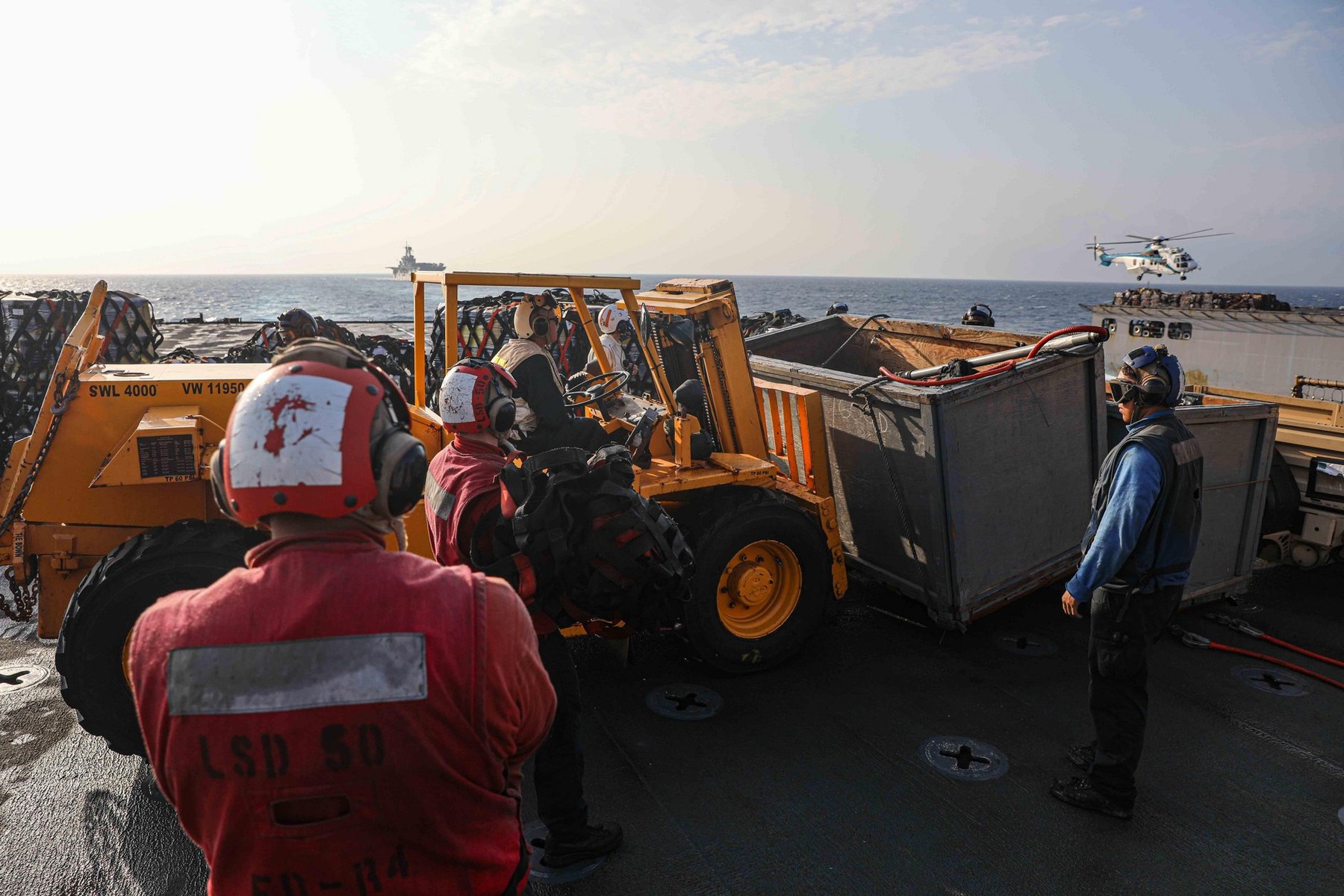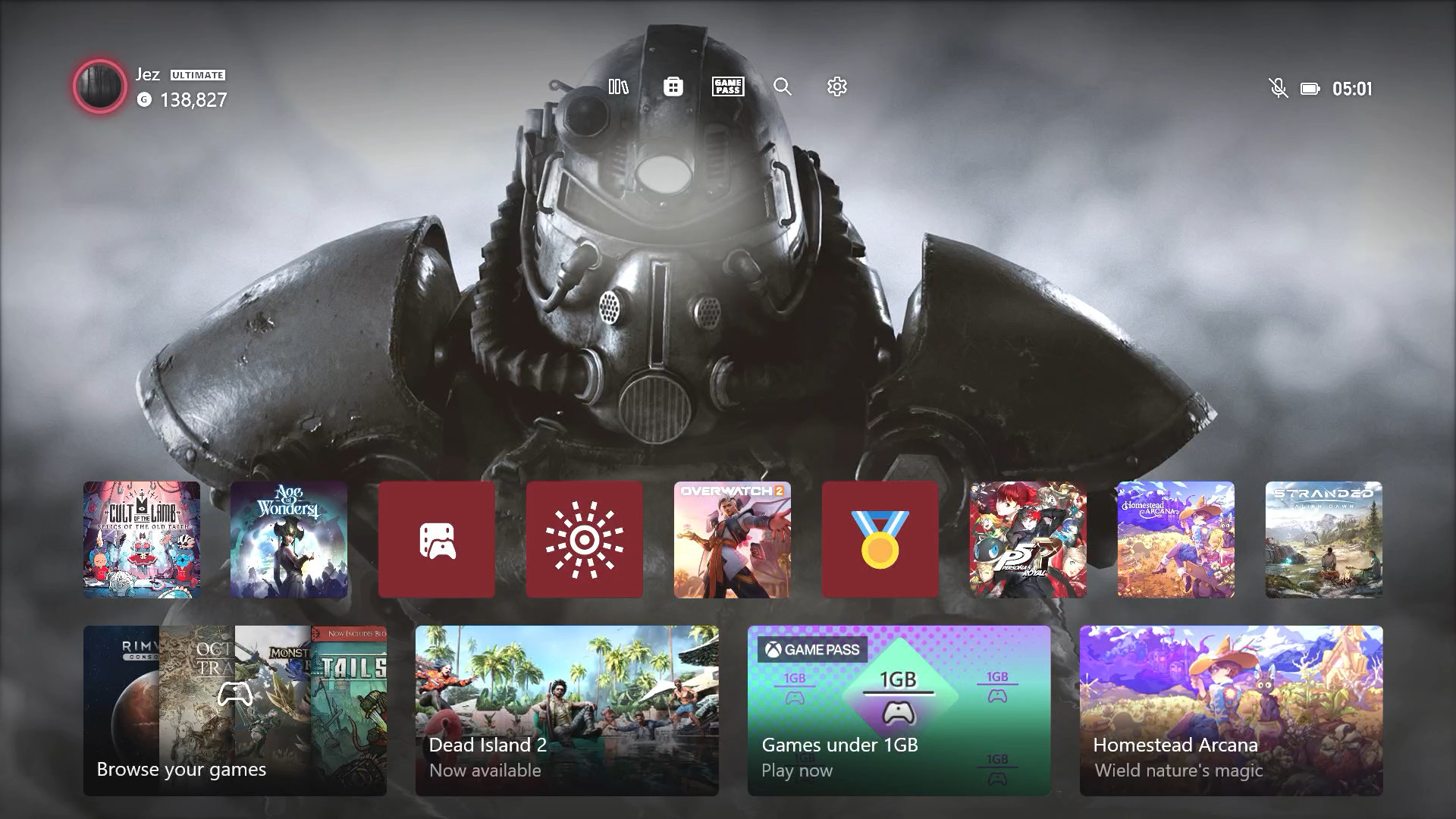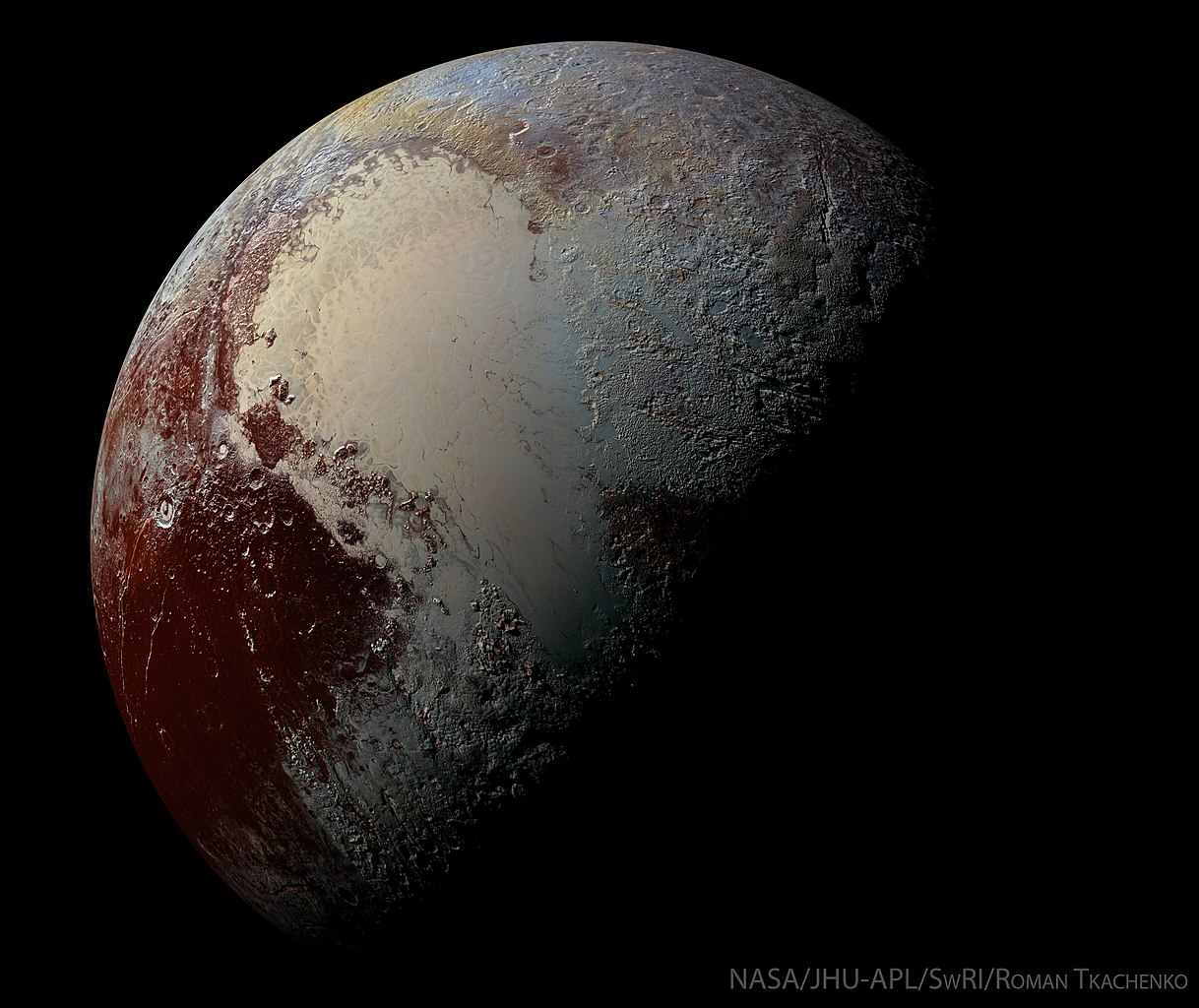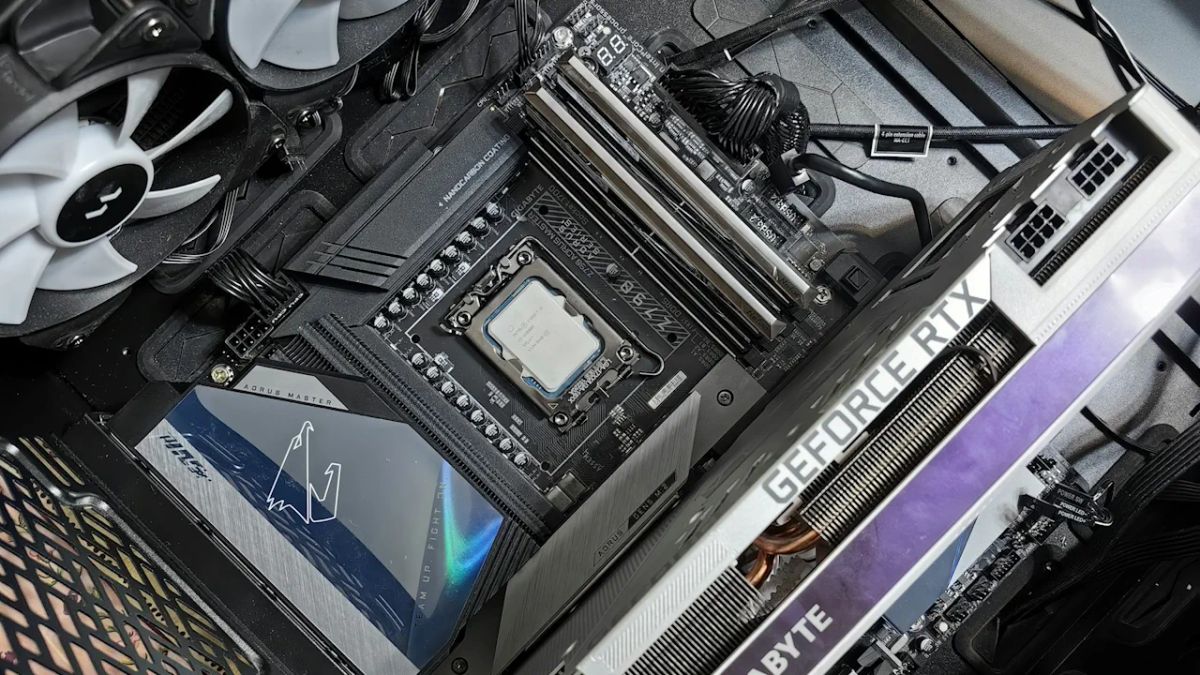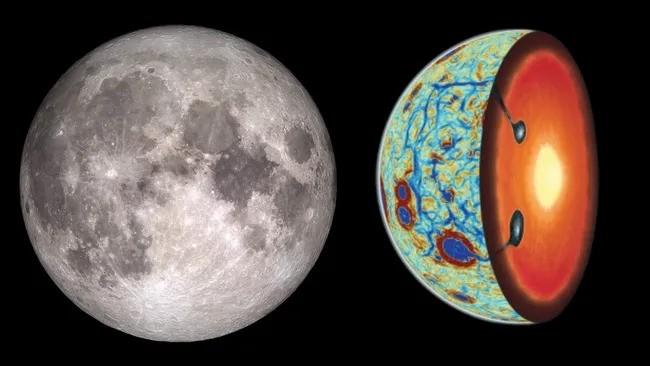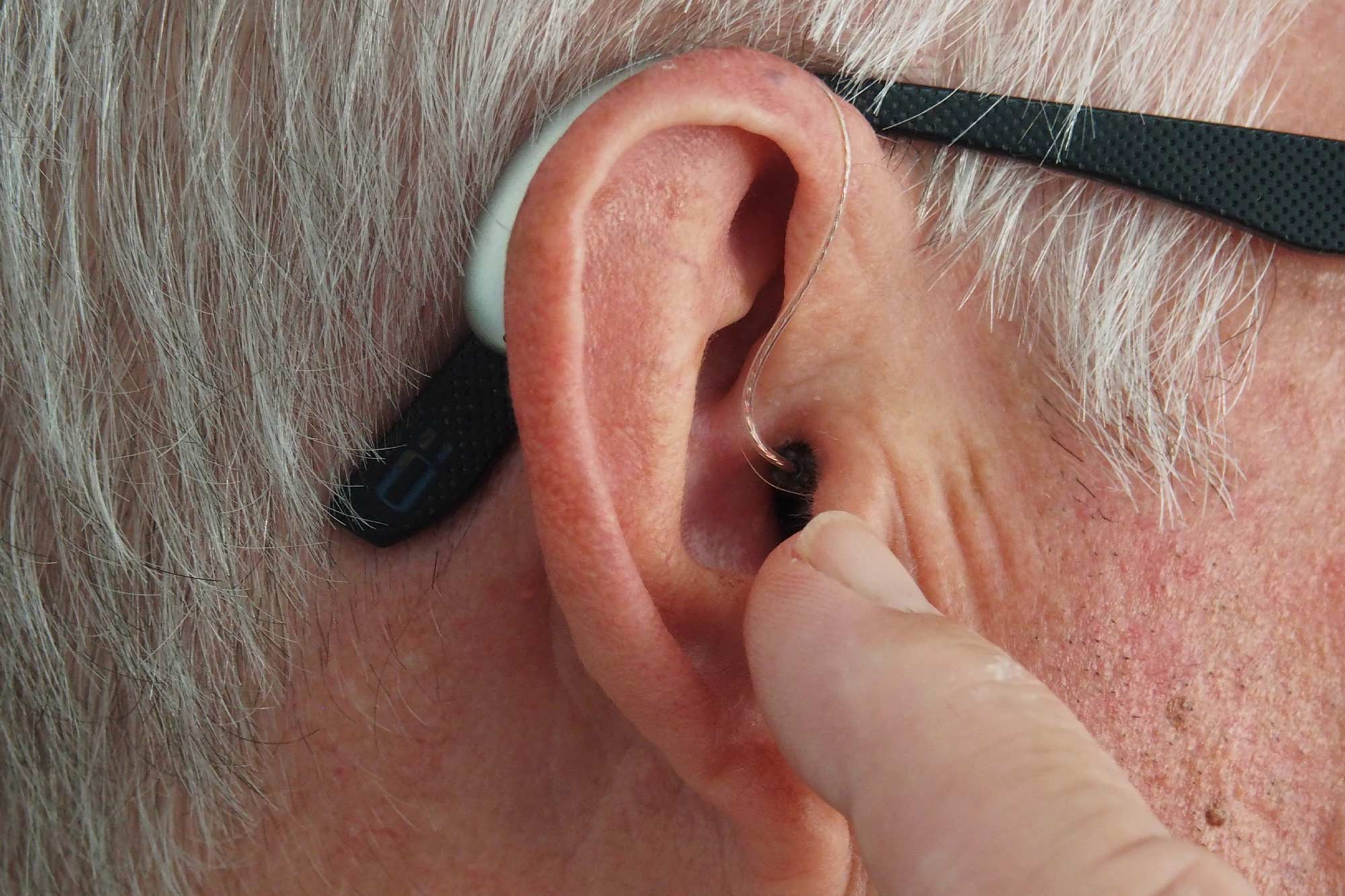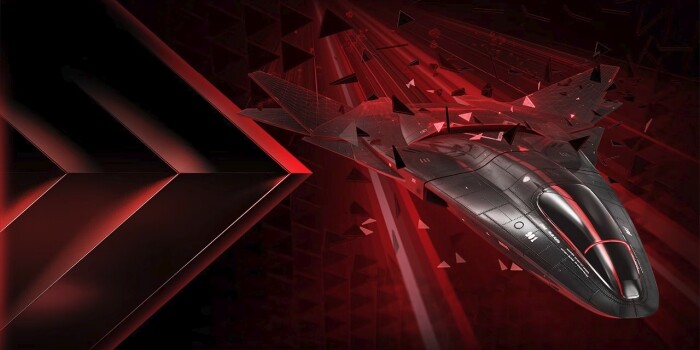However, according to the VGA manufacturers, there is not even a target date related to the release.
Driver-independent image creation came to the fore at the end of last year, as AMD introduced its Fluid Motion Frames (FMF) process to newer Radeons, which can be tested under a new device driver and will appear in final form this month. However, this only works on newer VGAs from the red side. At the same time, we recently wrote about creating images for a program called Lossless Scaling, which is considered universal, but because of its operation, it is much more limited than building a built-in driver, and you have to pay Separately for its use.
So the question is, when will NVIDIA and Intel introduce their own alternative to AMD's FMF? We have learned from VGA manufacturers that both stakeholders are investigating the situation, but at the moment, even with partners, relevant communications are very limited. There's a lot of information suggesting that NVIDIA is a bit ahead of Intel, as they already have test code for GeForce RTX 40 VGAs, but it doesn't work on previous generation hardware like the GeForce RTX 30. Additionally, stable operation of OFA hardware represents problem. Specific issues related to this can be handled very well at the software level using different tricks, but with a generally working system built into the drive, it is very difficult to design targeted solutions to avoid image errors, which then become actually operable in all applications.
Because of the above, the so-called Programmable Image Generator similar to AMD's FMF has come to the fore, as it is possible to better respond to typical problems that generally occur in games simply due to programmability. However, developing this takes time, and at the moment neither NVIDIA nor Intel will present their solution only at the demo level, but according to manufacturing partners, they are actively developing a suitable alternative.
In addition to the above, we also learned that individual VGA manufacturers are creating their own image generators, which will be shipped within utilities for their products. Although these solutions are much more limited than driver-side solutions, a similar creation of a lossless scaling alternative is quite possible and, moreover, relatively easy to develop. However, it is almost impossible to achieve sufficient quality and experience with such systems that do not have a specific software and engine, but individual stakeholders can see that its availability is more than nothing, and in terms of marketing, its availability is not a disadvantage, as there Amazingly great enthusiasm for generating images.

